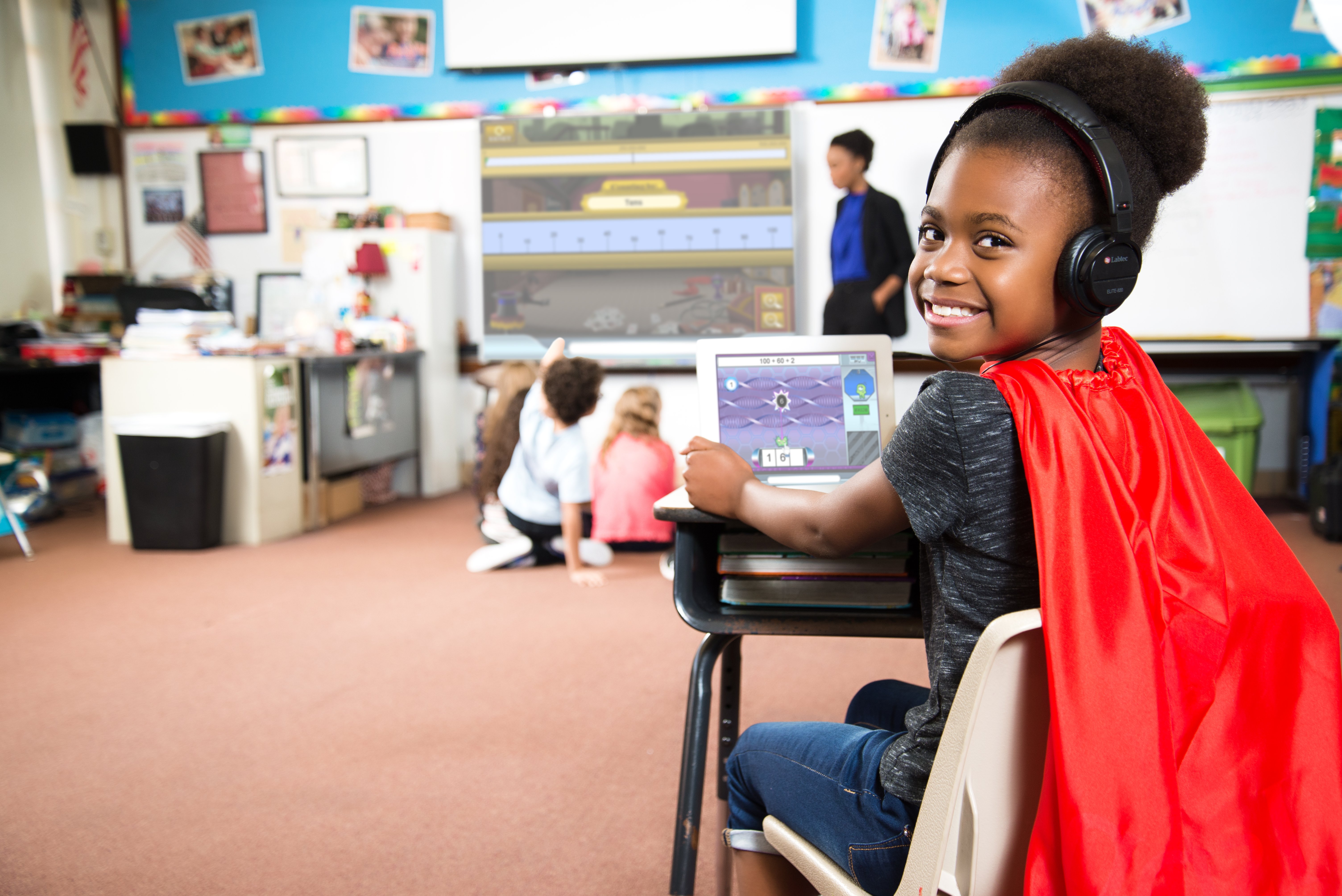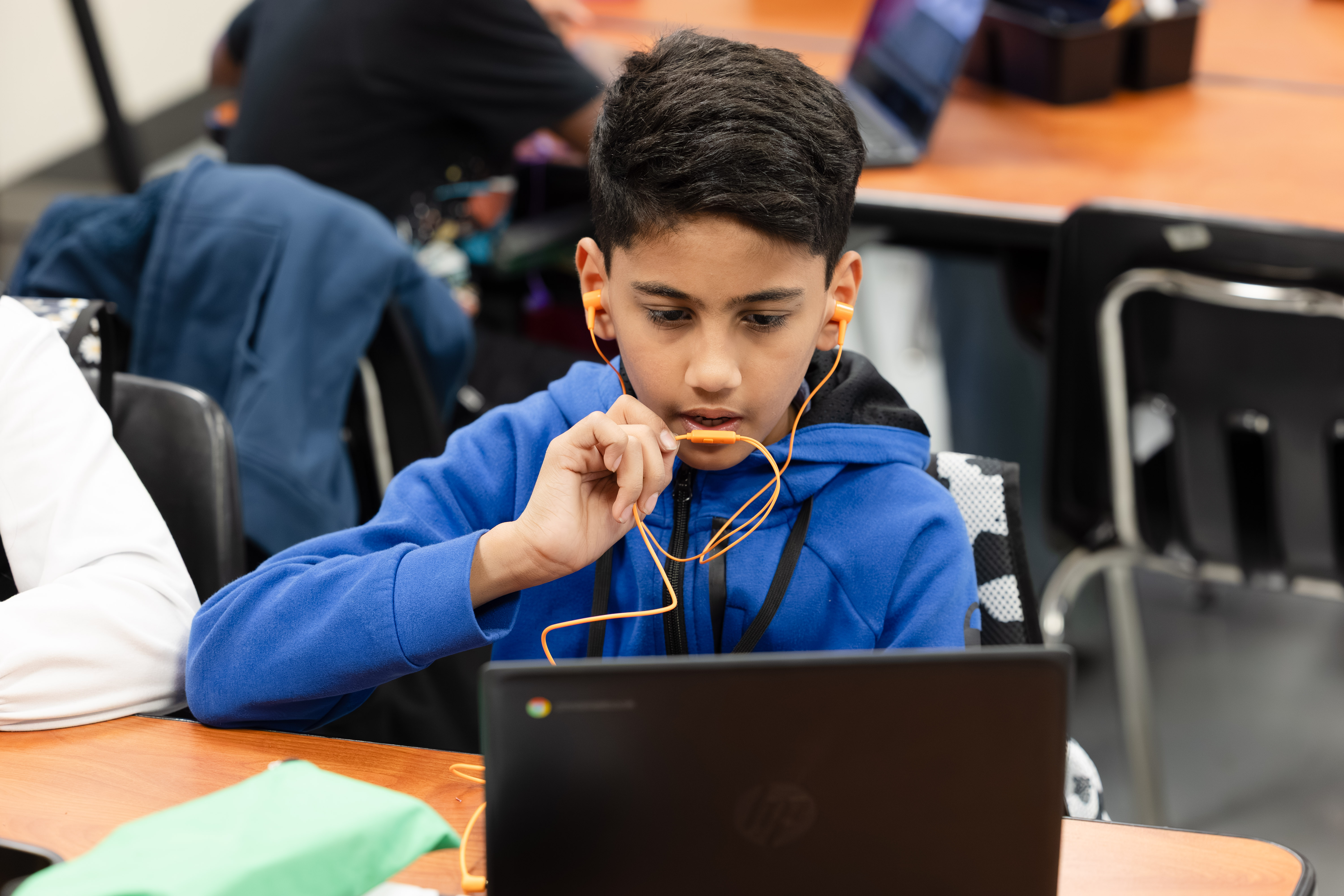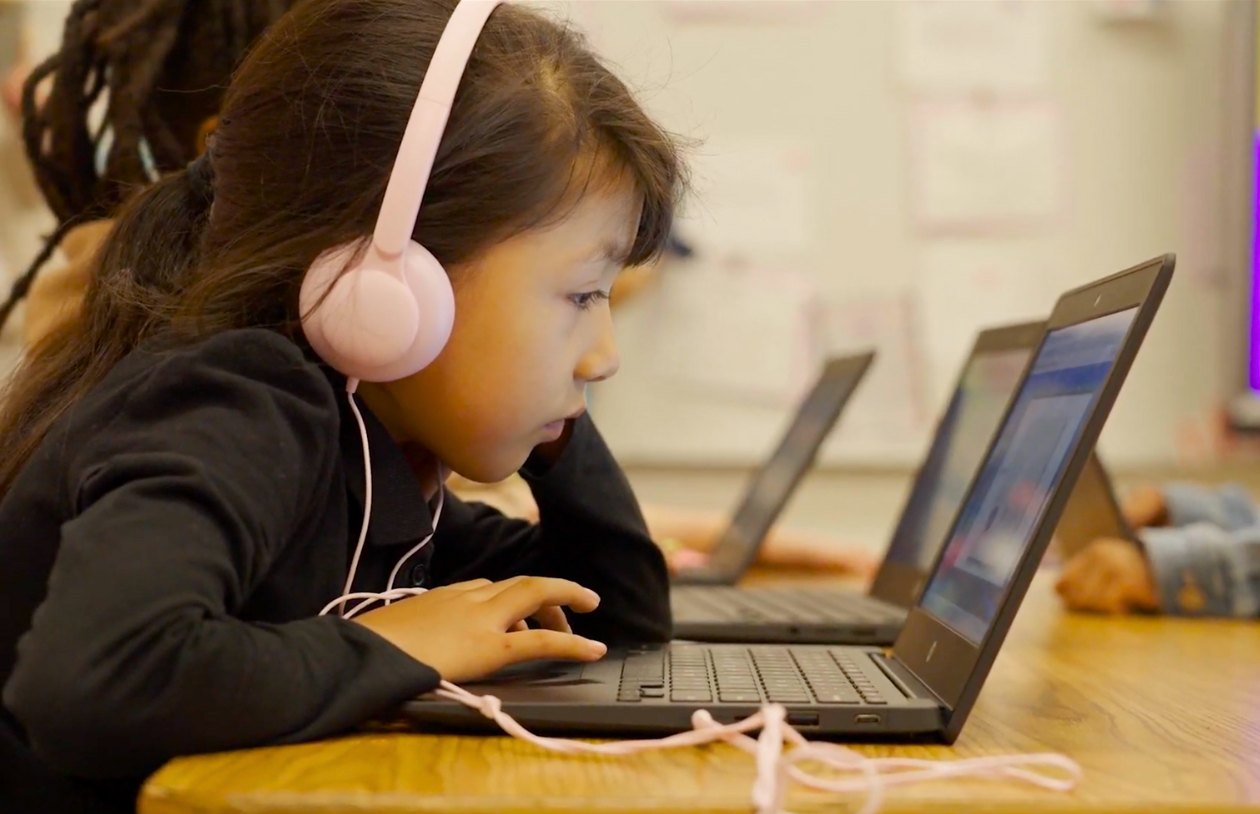How to Improve Digital Equity for All Students

Improve Digital Equity for All Students
The American classroom must change to ensure digital equity for all students. A new study from the Morgridge International Reading Center at the University of Central Florida (UFC) addresses one way how.
Blended learning models benefit students, particularly in low socioeconomic areas, according to the research published in The Journal of At-Risk Issues. Through their work with third-graders in a large southeastern state, UCF researchers discovered that computer-adaptive environments narrow achievement inequalities and increase opportunities for students at the greatest risk of reading failure.
Tracking Student Reading Achievement
Researchers looked at computer-adaptive programs, which used both formative assessments and curriculum, to make sure that teachers were receiving individualized, actionable student intervention plans and differentiated instructional strategies. They followed student results for computer-adaptive reading software that focused on teaching five critical domains to young students: phonemic awareness, alphabetic knowledge, fluency, vocabulary and comprehension.
There were statistically significant benefits for students of all backgrounds to have access to this software, which allowed them to learn at their own pace. With the software, teachers were able to spend more time identifying which students were struggling, and they received reliable information and supporting materials to help individual students with difficult content areas. These positive results were most pronounced in students from low socioeconomic households; they had some of the greater gains in reading achievement.
Closing the Gaps
The UCF study highlights that students at or below the 20th percentile in reading were the biggest beneficiaries of the adaptive software. While readers at this level across the board made significant strides to close the gaps with their peers, there was a direct relationship between the number of hours spent on the program and the gains realized. Students at or below the 20th percentile who used the computer-adaptive software for more than 900 minutes per year (approximately 30 minutes per week) made gains of almost 27 points by the end of the year, and the gains increased with home usage of the software, especially among males and students receiving free or reduced-price lunch.
This insight provides the focus and direction schools need to ensure that all students acquire the foundation of academic success: learning to read. National statistics from 2017 showed 37% of fourth-grade students performed at or above the proficiency level for reading. The stakes are high. Without adequate reading skills and knowledge of how to process and apply information from text, children are at risk of failing and eventually dropping out of school.
Mixing teaching with tech works
With effective blended-learning classroom reading instruction, we see that a student can catch up, despite risk factors. The traditional one-size-fits-all method has a demonstrated history of leaving some students behind, even with educators’ best efforts, and this has consequences. Students lacking foundational reading skills and not receiving appropriate intervention will remain behind their peers. Today’s classrooms must change to adapt to what research is telling us: Blended learning should be an integral part of any district plan.
With computer-adaptive programming, we can give every student a world-class education that is tailored to their individual needs, regardless of ZIP code. The kids in our classrooms today will need to be the highest achieving in history, because the job market that they enter will demand it. To make sure that our country is competitive in the global market, we must focus on digital equity that provides effective differentiated learning for every child.
Download the white paper “Boost Outcomes with the Big Five,” to learn more about Istastion's research-driven approach to reading that covers students needs for current learning demands and lifelong personal growth.
Read more from the AI & The Reading Brain Blog


.avif)
